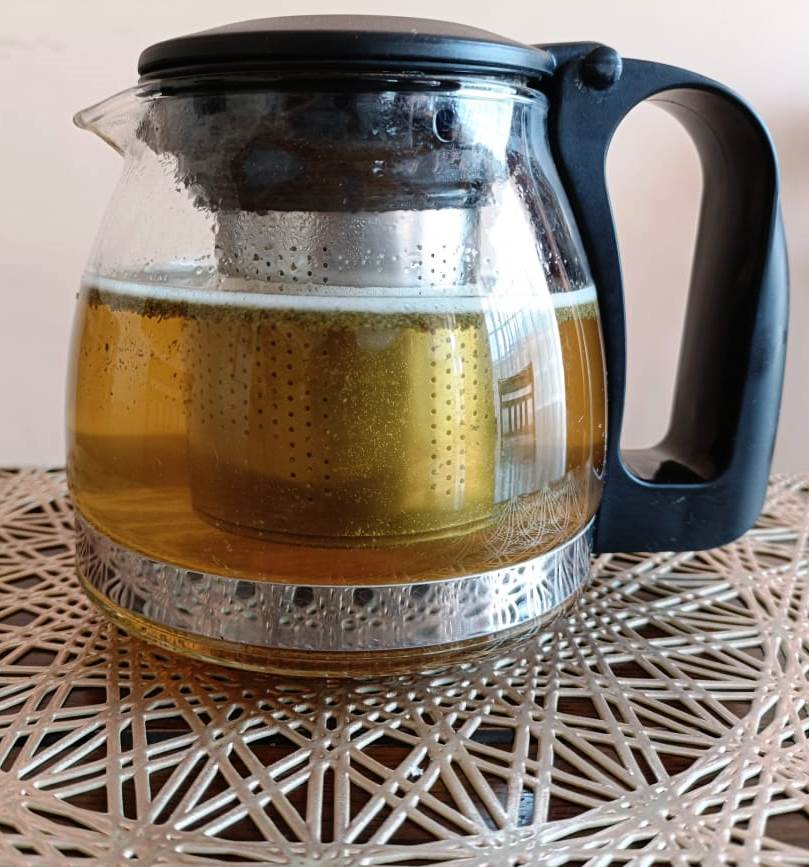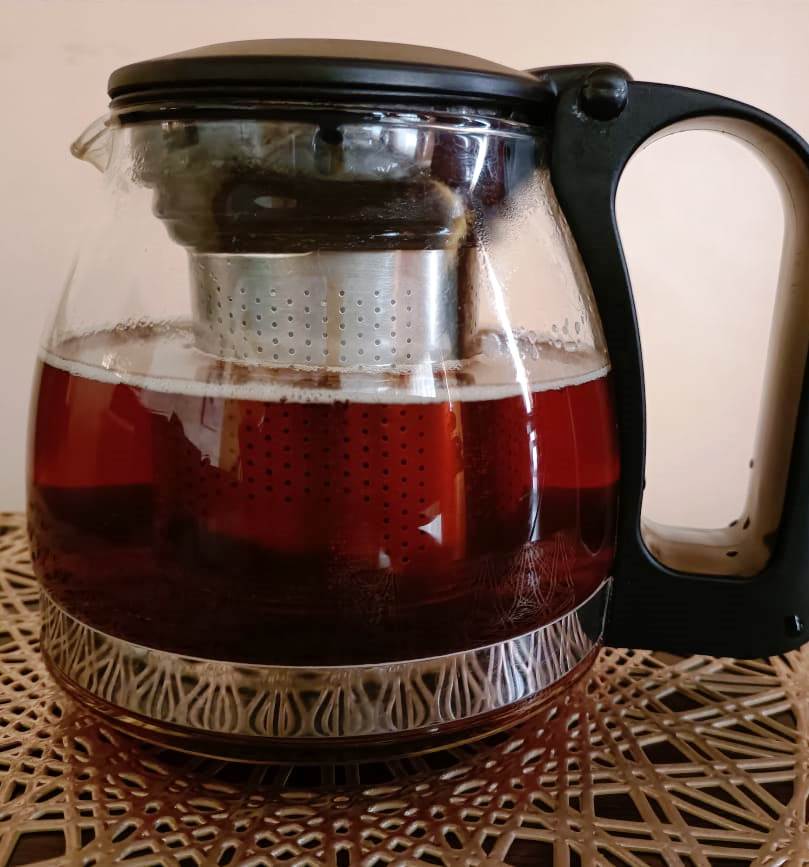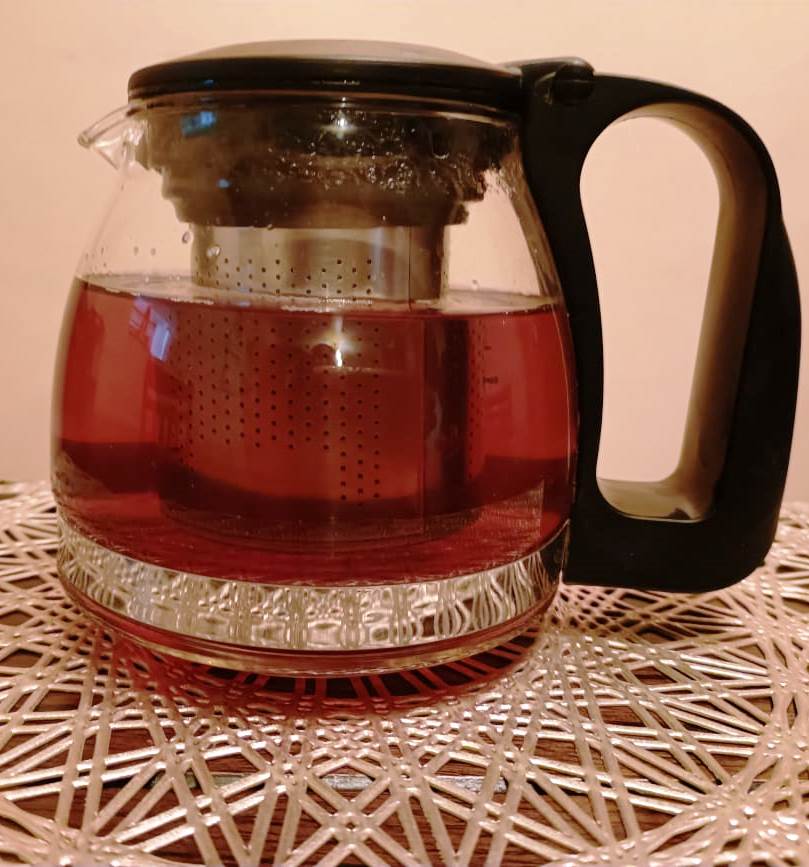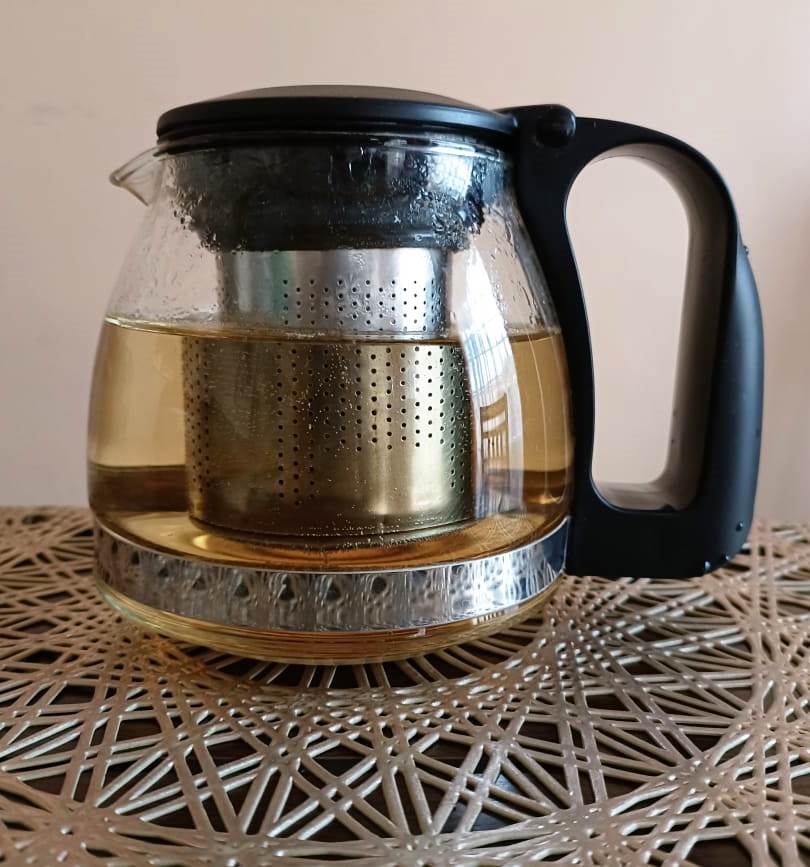Kenya Black tea is made from the leaves of the camellia sinensis plant, and what distinguishes it from other types of tea is its full oxidation. It is one of the most popular and widely consumed types of tea in the world, known for its bold flavor, dark color, and robust characteristics.
Key Features include:
- Full Oxidation: Black tea undergoes full oxidation during the production process. This involves exposing the freshly plucked tea leaves to air, which causes them to turn dark in color and develop a deep, rich flavor.
- Appearance: Black tea is characterized by its dark, coppery or amber liquor. The leaves themselves are fully oxidized and often appear black or dark brown.
- Flavor Profiles: Black tea is renowned for its bold and robust flavor. The taste can vary from malty and sweet to astringent and brisk, with notes of caramel, honey, dried fruits, and even hints of spices.
- Health Benefits: Black tea is known for its potential health benefits, including antioxidants that may help combat oxidative stress, reduce the risk of heart disease, and support overall well-being.
- Caffeine Content: Black tea typically contains a moderate to high level of caffeine, making it an excellent choice for those looking for a stimulating beverage that provides alertness and energy.
- Preparation: Brewing black tea typically involves steeping the tea leaves in hot, freshly boiled water (around 200-212°F or 93-100°C) for 3-5 minutes. Longer steeping time allows the tea to fully release its flavor.






